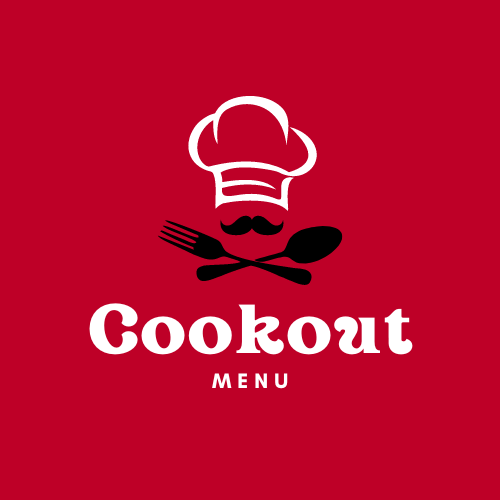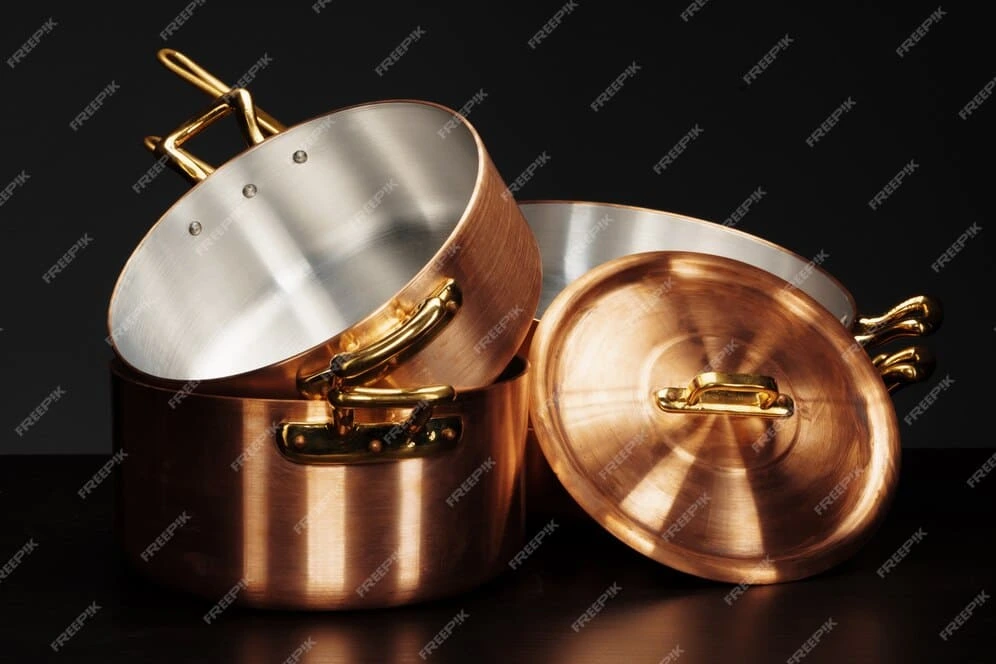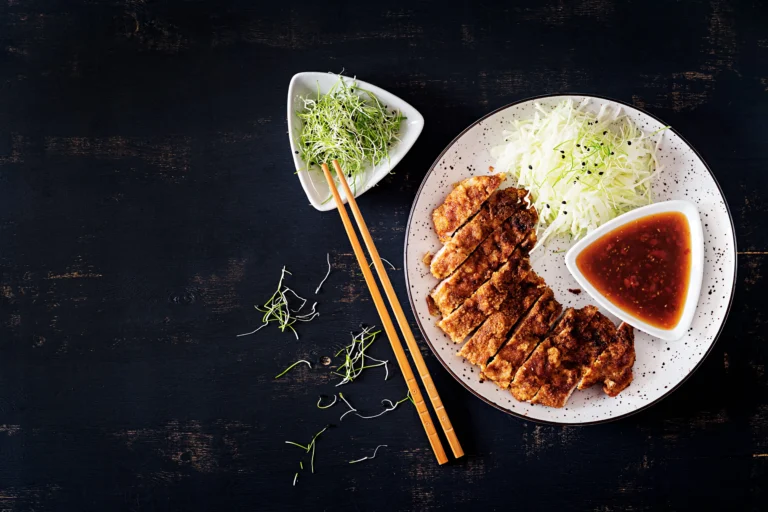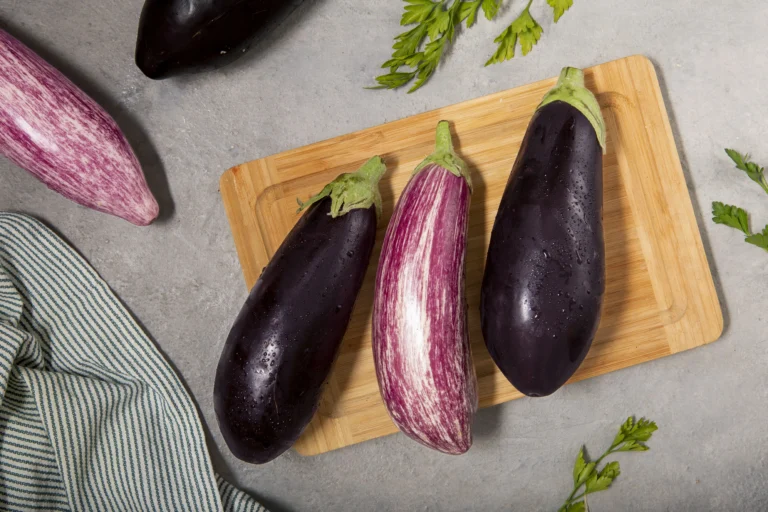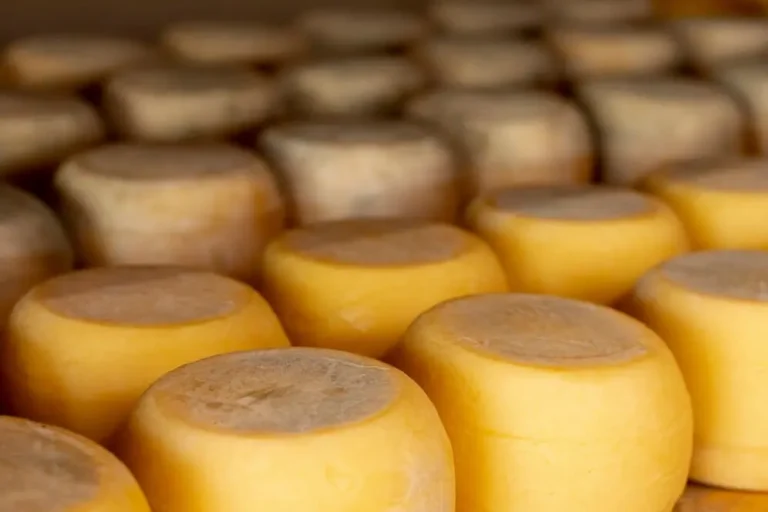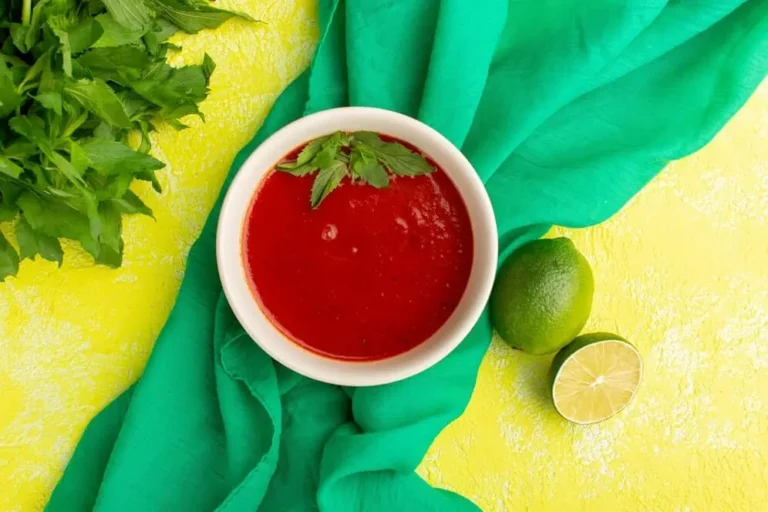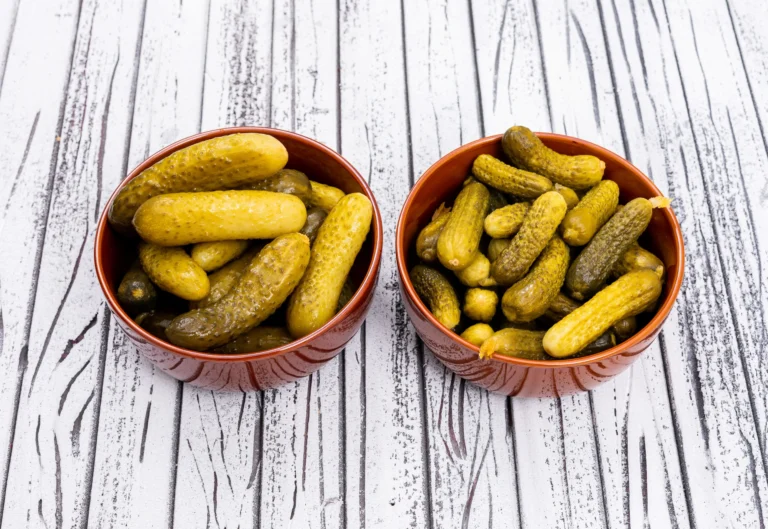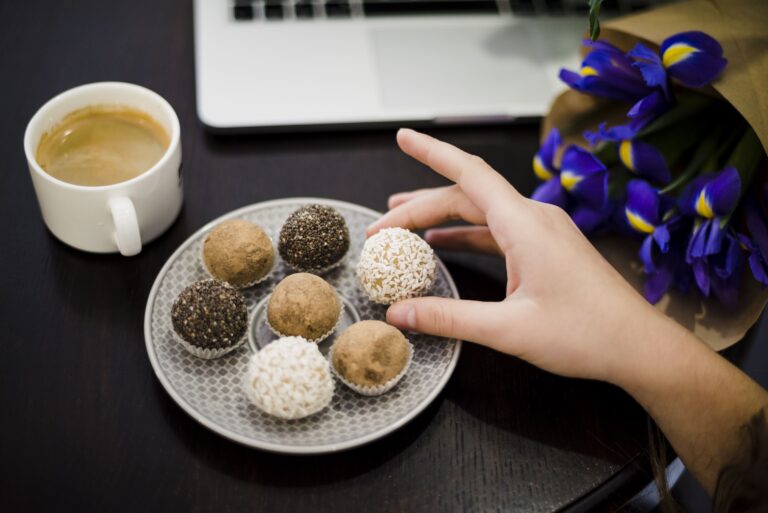Copper Pan: The Ultimate Guide to Choosing and Using the Best Cookware
A copper pan is a chef’s best friend, sleek, efficient, and versatile. Sauté your veggies or sear your steak in it for unmatched heat control and an even cooking surface. What makes them so special? How do you choose the best one for your kitchen? Let’s dive into this comprehensive guide that’s designed to answer all your questions about copper pans.
What is a Copper Pan?
A copper pan is a cookware item produced from copper, highly valued for its excellent heat conductivity and fast temperature control. In most cases, the pan is lined with stainless steel or tin to avoid the food coming into direct contact with raw copper. Copper pans are extensively used in professional kitchens since they offer an easy way to achieve exact results in cooking.
Advantages of Using a Copper Pan
Uniform Heat Distribution
Copper pans heat evenly across the surface, so there are no hot or cold spots while cooking. This makes them ideal for delicate recipes like sauces or caramel.
Superior Heat Control
Quick adjustments in temperature make copper pans perfect for cooking techniques like searing or simmering.
Aesthetic Appeal
With their shiny, polished finish, copper pans add a touch of elegance to any kitchen.
Durability
When taken care of, they will last an entire lifetime and are hence worth spending the money for a serious cook.
How to Choose the Best Copper Pan
1. Types of Copper Pans
Pure Copper Pans: Good only for decoration; can’t use it in cooking.
Lined Copper Pans: Stainless steel and tin-coated copper. Better for use.
2. Thickness Matters
The ideal thickness for the copper pans is between 2.5 to 3 mm. Thicker ones retain heat better, though thinner ones tend to bend over time.
3. Lining Options
- Steel Lining: Durable and easy to maintain.
- Tin Lining: Has excellent non-stick properties. It does require re-tinning often.
4. Handle Types
Copper pans come with either cast iron or stainless steel handles. Cast iron handles are so sturdy while stainless steel remains cool to the touch.
How to Look After Your Copper Pan
Cleaning Tricks
Steer clear of aggressive chemicals or scourers – these might ruin the look of the pan.
Melt the tarnish using salt, vinegar, and flour mixture.
Storage
Always place your copper pans on dry cool surfaces. Hanging them prevents the likelihood of scratches and beautifully shows their excellent outlook.
Re-Tinning Services
If your copper pans contain a tin plating, having it re-tinned after a few years maintains your pan at full capacity with safety.
Even Heating allows quick sautéing of vegetables.
Braising – Excellent heat retention ensures dishes get cooked slowly and to good flavor.
Sauce Preparation – Copper pans are also ideal for temperature-sensitive food preparation like making sauces requiring fragile temperatures.
Copper Pan v Cookware
| Feature | Copper Pan | Cast Iron Pan | Stainless Steel Pan |
| Heat Conductivity | Excellent | Moderate | Good |
| Durability | High (if maintained) | Very High | High |
| Aesthetic Appeal | Elegant and shiny | Rustic | Sleek |
| Weight | Moderate | Heavy | Light |
Leading Manufacturers of Copper Pans
Mauviel
Their crafts are renowned for being amongst the best in class for professional-grade copper cookware.
All-Clad
A trusted name in cookware, All-Clad’s copper core pans combine performance and durability.
Falk Culinair
Belgian-made Falk pans are a favorite among chefs for their precision and aesthetic appeal.
For more options, visit Amazon’s collection of copper pans.
Common Mistakes to Avoid with Copper Pans
Overheating
High heat can damage the lining and warp the pan. Use moderate heat for most cooking.
Using Metal Utensils
Metal can scratch the pan’s lining, so opt for silicone or wooden utensils.
Improper Cleaning
Avoid dishwashers; handwashing is the best way to clean your copper pans.
FAQs
1. Why are copper pans expensive?
Copper is a premium material with excellent heat conductivity, making it pricier than other cookware materials.
2. Can I use a copper pan on induction stoves?
No, copper pans are not compatible with induction stoves unless they have a magnetic base.
3. How do I remove tarnish from a copper pan?
Mix salt, vinegar, and flour into a paste and rub it onto the tarnished areas. Rinse and dry thoroughly.
4. Are copper pans safe to cook with?
Yes, lined copper pans are completely safe as they prevent direct contact between food and raw copper.
5. Do copper pans require seasoning?
No, copper pans do not need seasoning, unlike cast iron pans.
Conclusion
Copper pans are a game changer in the kitchen. There is just so much quality in these pots and pans-it’s worth every dollar spent. When properly maintained, they are sure to be your best friend at home for many years to come.
